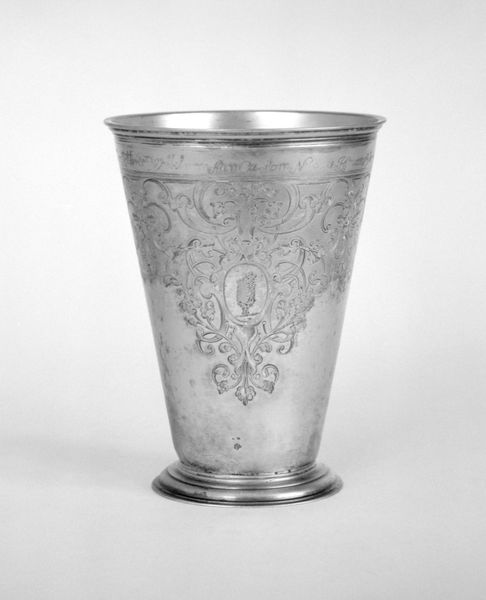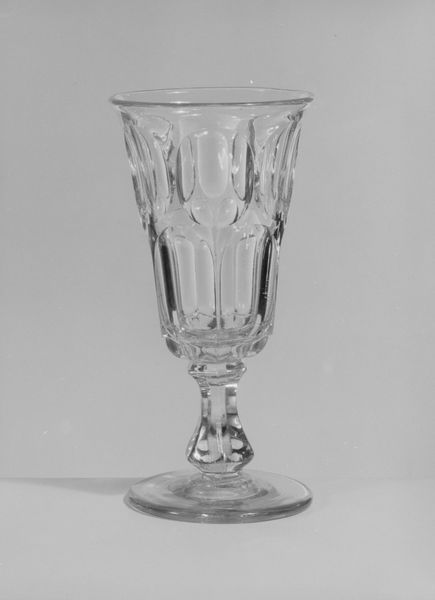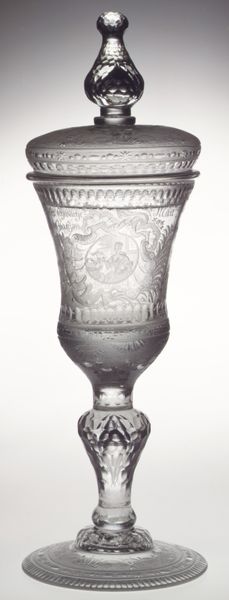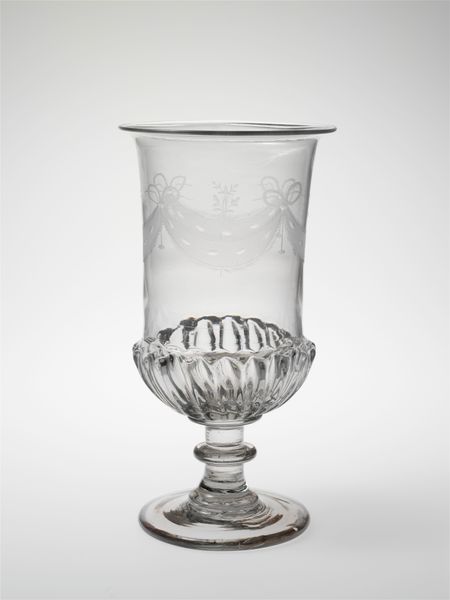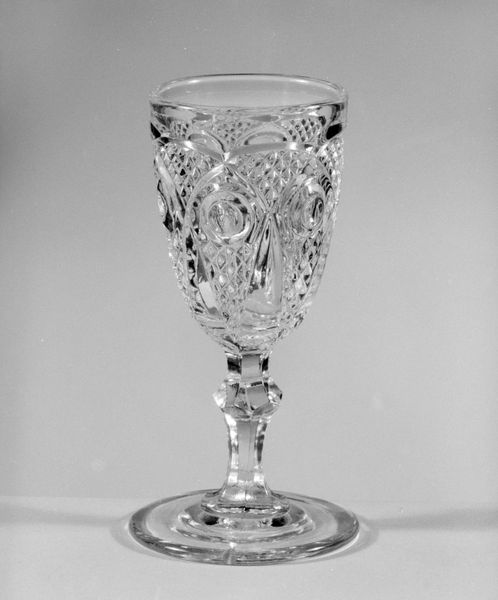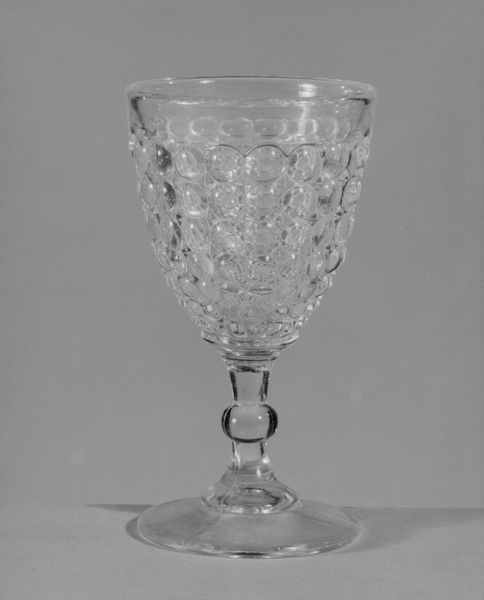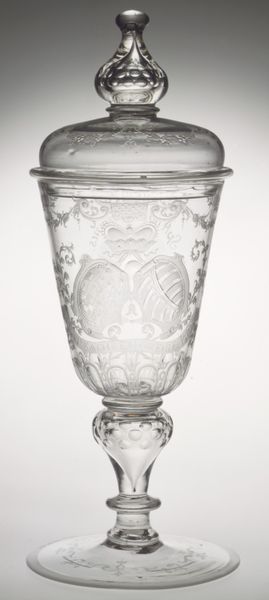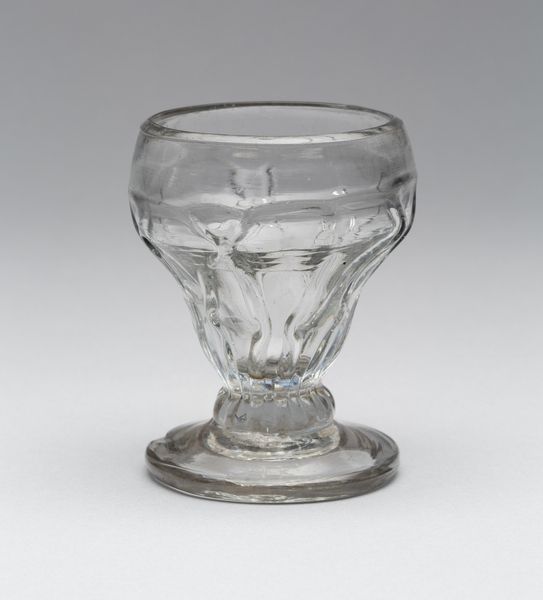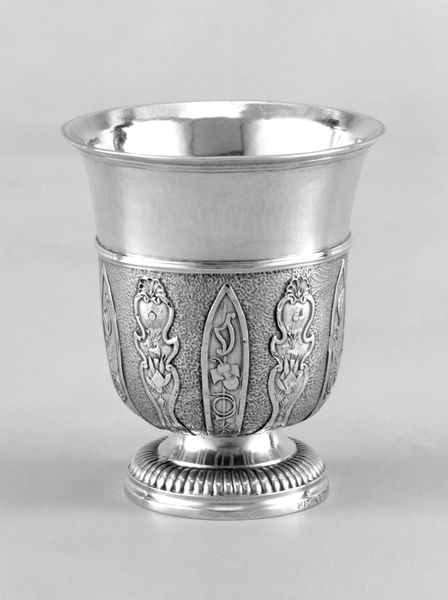
silver, metal, metalwork-silver, sculpture
#
silver
#
baroque
#
metal
#
form
#
metalwork-silver
#
sculpture
#
decorative-art
Dimensions: Height: 4 1/2 in. (11.4 cm)
Copyright: Public Domain
Editor: This is Johann Leonhard Allmann's "Beaker," crafted in silver between 1755 and 1757. It strikes me as a beautiful example of Baroque metalwork, but what else can we unpack here? What do you see? Curator: The piece immediately speaks to the silver trade networks of the mid-18th century. Where did Allmann source the silver? What were the labor conditions involved in its extraction and refinement? These are crucial questions. Editor: Right, so focusing on the silver itself. Beyond its material origin, how does that inform the context? Curator: Precisely! The Baroque style often evokes luxury and aristocracy. This beaker isn't merely functional; it signifies social standing. Consider the craftsman's skill – the repetitive, detailed chasing. It suggests specialized labor and a market that valued such intricate work. The silver is not neutral, but actively reinforces the aristocratic gaze that governed European society. Do you agree that Baroque reflects the elitist tendencies? Editor: Yes, I see that! The level of detail is so intense. Is the tooling or the craft in creating this different from functional metalware, let's say, in another economic setting? Curator: Absolutely. A utilitarian object might emphasize efficiency and simplicity of form. Here, the embellishments supersede pure functionality, becoming signifiers of value in themselves. I'd wager this piece reflects standards in 18th-century Europe by establishing status through silver-work ownership. Editor: So we’ve looked at material, means, and labor to understand its place in society. Curator: Indeed. By considering these elements, we shift our understanding of this "Beaker" from a mere object of beauty to a reflection of economic forces and social relations. Editor: That is a fantastic insight; thank you for helping unpack all of that.
Comments
No comments
Be the first to comment and join the conversation on the ultimate creative platform.
